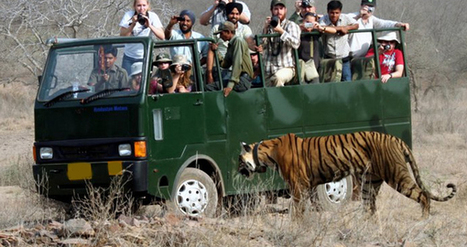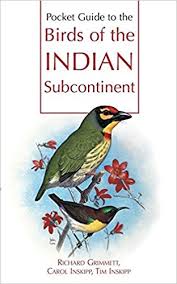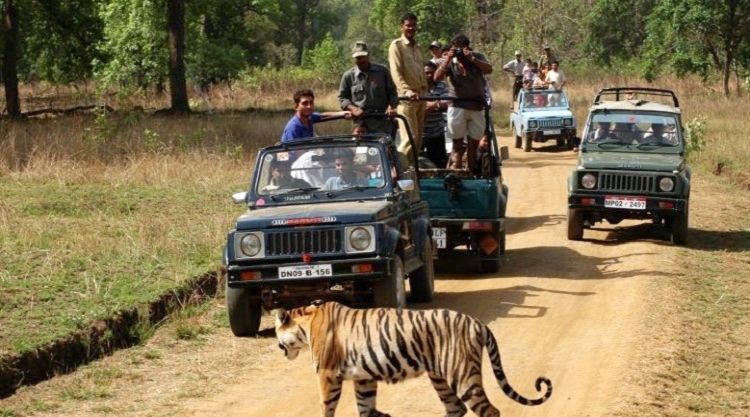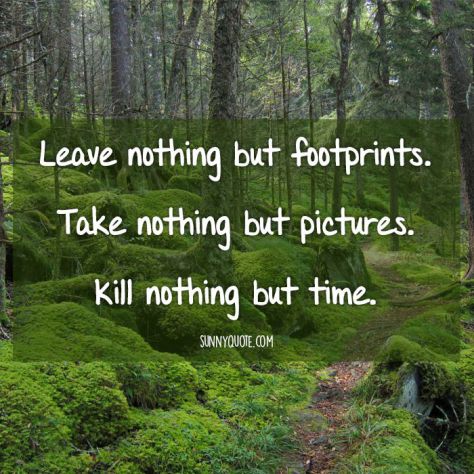Visiting a National Park or Forest with children requires a certain bit of preplanning. Moreover, it requires a degree of understanding and sensitivity, on your part and theirs.
As with anything else in life, it is necessary to prepare your child for a trip to the National Park, by taking baby steps towards that direction. For more on How you can begin Nature Walks with your Child and better prepare him/her for a Visit to the National Park, click here.
Once you are confident that your child has the necessary interest and the required discipline to visit a national park That, make sure you go over this checklist.
- Before you Book your Tickets…
- Read up about the best time to visit the concerned National Park. Some of them are closed during the monsoon/certain specific months of the year. Make sure you plan your trip carefully so that your child does not leave disappointed.
- If you / your child has a special focus in mind, make sure you plan your trip according to the best season for that point of focus.
- For example, to begin with it is likely, you want to show your child larger mammals like the tiger, leopard, elephant, etc.
- Summer is the best time for that as that’s when these animals come out to the watering holes.
- If you wish to see winter migrant birds, naturally winter is the most suitable time.
- If you wish to see turtles that visit India’s beaches by the thousands for nesting, winter is the right time.
- So, it might help to decide on what it is that your child is interested in seeing before you decide on the destination and season.
- Some National Parks have designated zones and one needs to pre-book a vehicle by selecting the zone.
- Certain zones have a high density of tigers while others may have no tigers at all.
- When you make your prior booking, ensure that you read up and find out about which zones will give you the best chance of good sightings.
- When you pre-book your vehicle, two options are generally available in National Parks.
- Canter – a large vehicle with seats for about 20 people.
- Jeep – smaller vehicle which seats 6 people.
- While a jeep would cost you more, it is definitely worth the investment as it gives you not only a more private space, but also makes sure your vehicle and its occupants make less noise, thereby giving you a better chance of sightings.
- If you / your child has a special focus in mind, make sure you plan your trip according to the best season for that point of focus.
- Read up about the best time to visit the concerned National Park. Some of them are closed during the monsoon/certain specific months of the year. Make sure you plan your trip carefully so that your child does not leave disappointed.

Jeeps are more expensive but with a capacity of 6 people, they are relatively private and you can speak to the Guide / Forest Guard and ask that they show you more.
- Packing Tips
- Pack Clothing to suit the climate in the forest that you intend to visit.
- Ranthambore for example is extremely hot in May and requires you to be well shielded from the sun with caps, glares and full sleeves.
- Kaziranga or Tadoba in December can be extremely cold and requires woolens, monkey caps and ear muffs.
- Check the weather at your destination before you pack.

Summer in Indian Jungles can be extremely harsh. Covering up fully is most advisable. And make sure you and your child have a hat with a tie-string so it doesn’t get blown off while you’re riding about in the jeep. - Whatever you wear, make sure you select muted colours like dull green and brown so as to blend into the forest. Avoid bright colours like red, yellow, blue and orange.
- Carry comfortable walking shoes, a hat and sunglasses.
- Pack a small first aid kit and keep it handy. Medical help, doctors and pharmacies are not going to be easy to find.
- Mosquito repellent, sunscreen and lotion, as required.
- If you intend to pursue birding /want your child to see birds, make sure you carry your Binoculars and a good Birding field guide. (To know more about Birding Field Guides, follow my site…I’ll be posting more on this soon)
- Pack Clothing to suit the climate in the forest that you intend to visit.
-

Good Field Guides add greatly to the experience. Better if you have already started using them before hand. - A notebook to encourage your child to make a list and/or draw all that they see and observe.
- Take along a camera to capture your memories.
- A magnifying glass may also be useful to observe closely certain things your child might find in the jungle.
- Food in reusable containers. Carry fruits and dry fruits, some sweets and sugar for instant energy on hot tiring days.
- Water-bottles so you can re-fill them and use on visits to the Park.

Before you go, it is essential that you are familiar with these Do’s and Don’t of the Jungle. make sure you acquaint your child with these as well.
- Dos and Don’ts at the Forest
- Follow Rules : National Parks have Rules to ensure the protection of Wildlife as well as look after your safety. If the Park does not permit people to go wandering about on foot, do not step out of the jeep. Adhere to the time limits. The Rangers know the Jungle better than you. Listen to them.

- Don’t use Bright Lights at Night : Not only will you be disturbing the natural setting, you will also be attracting beetles and other insects to yourself/your child.
- Don’t Feed or Touch the Animals : If your child is tempted to feed them/pet them/ touch them, make sure you hold him/her back. These are not pet animals. They live in the Wild and not off human kindness. Do not alter their natural behaviour.
- Don’t Wear Bright Colours : Birds distinguish colours well. Bright colours will alert them and keep them away. Make sure you wear dull colours. Preferably dull military green and brown.
- Don’t talk Loudly : Most animals and Birds are very sensitive to sound. The slightest noise can alert them. If you chat loudly, you can be sure they’re not coming anywhere near you.

- Don’t Litter : Avoid throwing anything that is non-bio-degradable in the National Park. Carry all your junk out as far as possible.
- Don’t Collect : Don’t take back pebbles and beetles packed in a Jar. You are disturbing the Jungle. Follow that old adage …Leave behind nothing but your Footprints. Take nothing with you but your Memories.

And finally, one of the singular disappointments amongst visitors to National Parks in India is the failure to see the Tiger. While spotting a Tiger is no doubt thrilling, there is much more to an Indian jungle than the Tiger.
For getting more out of your National Park experience, click here.

Trackbacks and Pingbacks